Entry 5 Day 28 29 October Altitude: 0 ft Distance: 13,738 km Speed: 0 knots/hr
Antarctica past and present
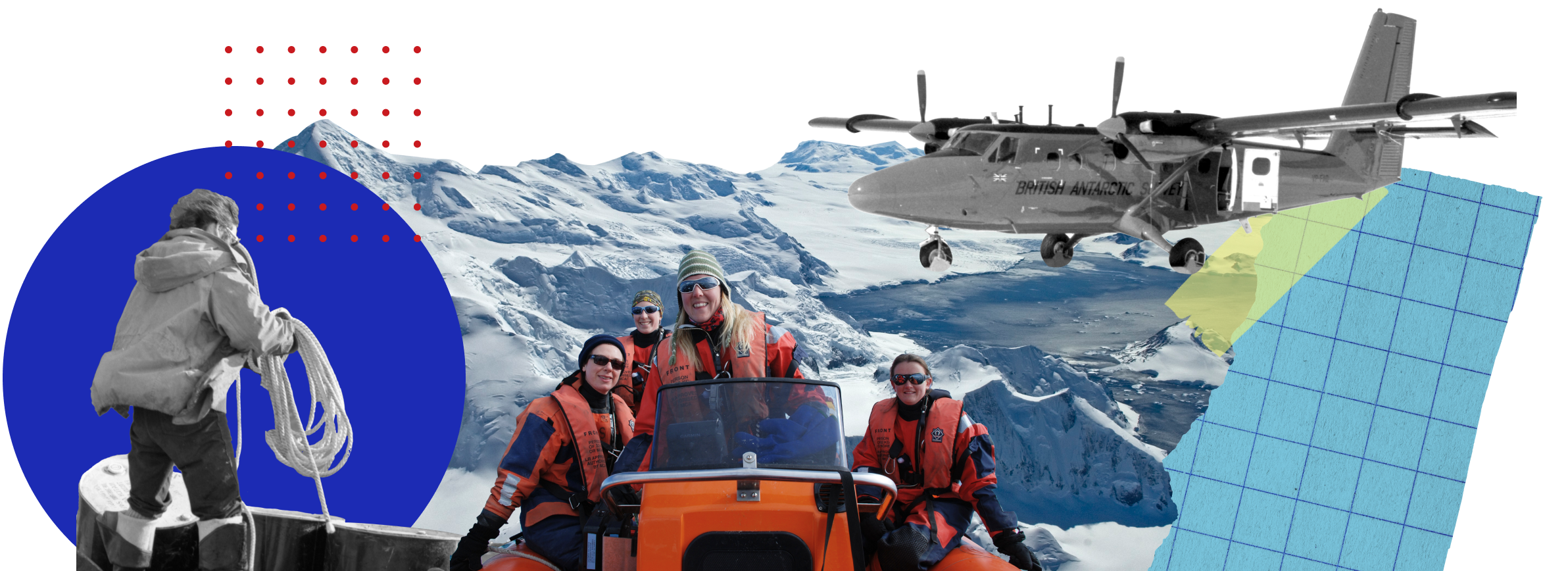
We’re now half way through the Ticket to Antarctica adventure, so we’ve given everyone a week away from sending us live updates while they get ready for the science ahead.
This week is all about how Antarctica (and, much later, British Antarctic Survey) got there in there in the first place.
We all know our climate – and Antarctica – is changing fast. In fact, people who have been going to Antarctica over the past ten decades are seeing the changes first hand.
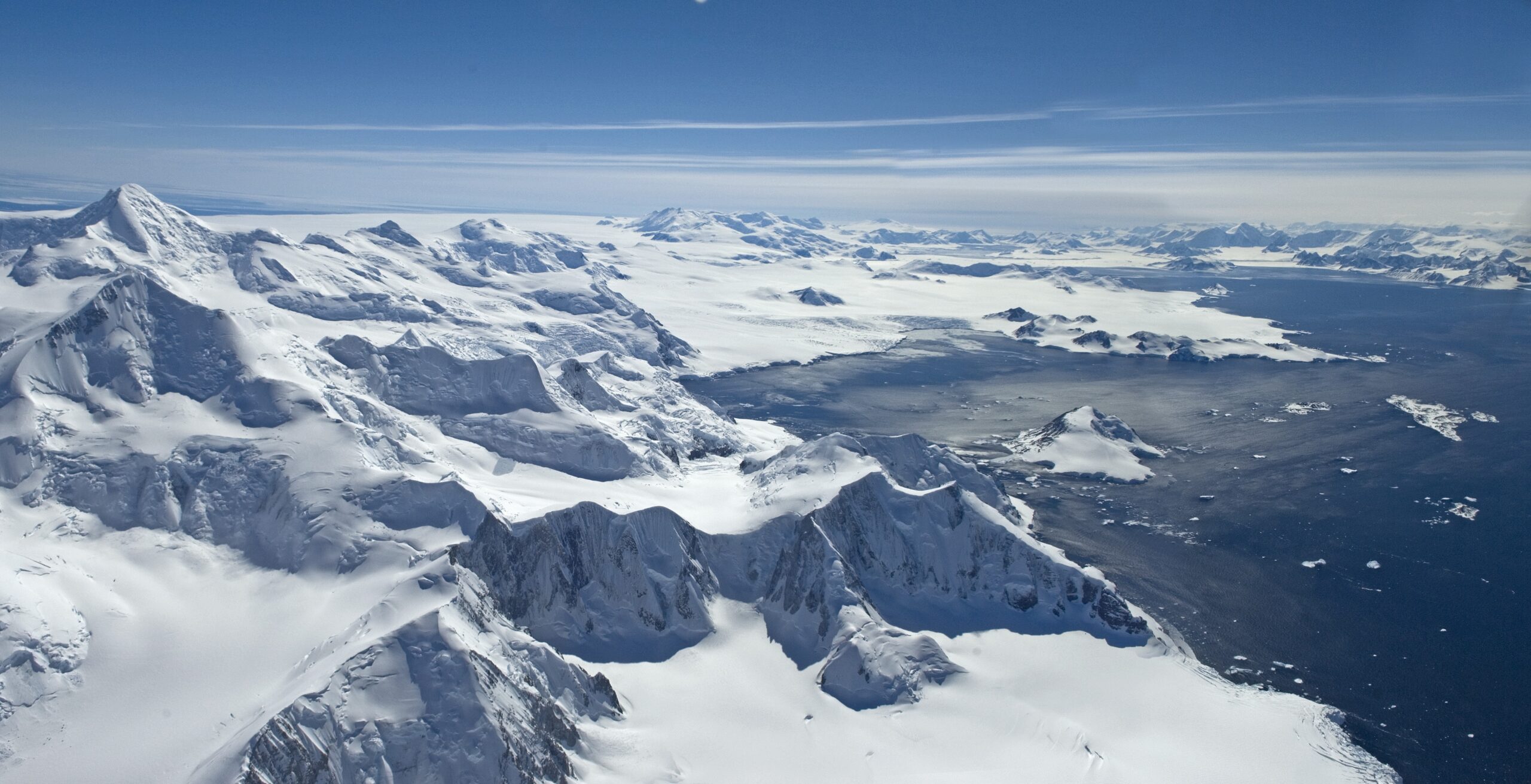
Antarctica is an ice-covered continent
Before we dive into this week’s update, here’s some ‘light’ propellor planes that are bound the South Pole! Vicky sent this photo. They stop off at Rothera on their way to collect fuel and skis that they need for the rest of their journey.

‘Prop’ planes at Rothera
Change of location
Antarctica’s position has changed over time, as the tectonic plates beneath our feet have shifted and moved. 450 million years ago, the crust that makes up Antarctica was over the equator! It formed part of the supercontinent called Pangea, but eventually this landmass split apart. By 100 million years ago, Antarctica was positioned over the South Pole.

Today the geographic South Pole is located at 90° South. It’s home to the USA’s Amundsen-Scott South Pole Station
Green Antarctica
90 million years ago – the heyday of the dinosaurs – Antarctica’s coastline was home to temperate, swampy rainforests, where the average temperature was about 12ºC.
How do we know this?
Well, scientists collected a sediment core – a cylindrical sample of soil, rock particles or organic matter – from the seafloor in West Antarctica.
In it, they discovered fossilised forest soil, with pollen, spores and dense clumps of roots.

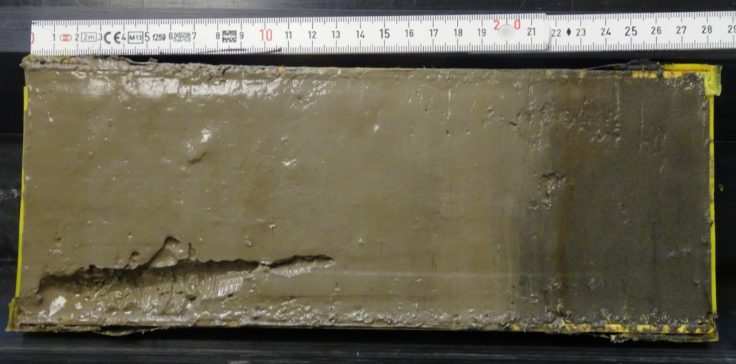
Researchers were puzzled – how was there a such a mild climate just 900km from the South Pole? They think these warm temperatures were possible because there was no Antarctic ice sheet, and there was more carbon dioxide in the atmosphere than was previously thought.
The vegetation must also have been specially adapted to the polar night. Being so far south, there would have been several months of the year with no sunlight.
On the Antarctic Peninsula, scientists have even discovered dinosaur fossils!
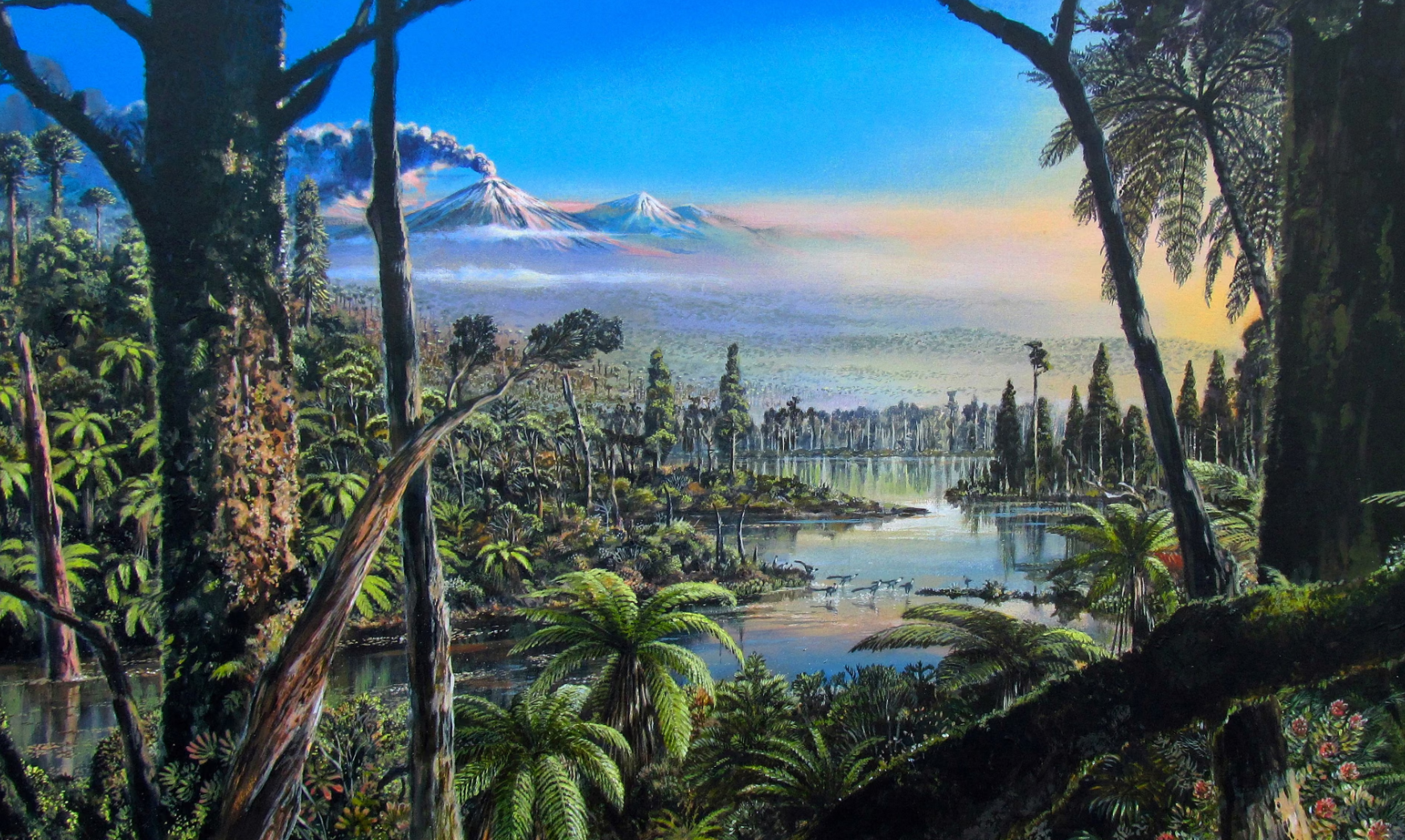
An artist’s impression of what West Antarctica might have looked like 90 million years ago.
To learn more about the history of the Antarctic continent, check out this page on Discovering Antarctica.
Operation Tabarin
In 1943, at the height of the Second World War, the British Government launched a top-secret expedition to the Antarctic.
Code-name: Tabarin
Mission: To stop enemy vessels anchoring and to gather meteorological data for ally ships in the South Atlantic.




They set up the first permanently occupied British bases in Antarctica – Port Lockroy, Deception Island and Hope Bay – all of which continued to be used until the 1960s. The scientific observations and surveys that began during Operation Tabarin continued after the war. It became the Falkland Islands Dependencies Survey, before being renamed the British Antarctic Survey in 1962 (that’s us!).
The team you have been following on their journey to Antarctica are currently at Rothera Research Station, which is the largest of the UK’s Antarctic stations, and an important logistics hub. It’s actually Rothera’s 50th anniversary this year!
People who were involved in building Rothera (and who were there for some of its biggest changes) have given voice recordings to our Archive. Here’s some of the stories they passed on.

Listen to podcast
In this episode, the team discuss how Rothera has changed over the years, as it celebrates its 50th anniversary.
Who runs Antarctica?
There are few places on Earth where there has never been a war, where the environment is fully protected and where research has priority. The whole of Antarctica is like this – a natural reserve, devoted to peace and science.
Antarctic isn’t owned or run by any single country. It has no indigenous people and over the centuries, many countries have wanted to stake claims for the land.

No single nation owns Antarctica – it’s a continent for peace and science co-operation
In 1959, the Antarctic Treaty was signed between 12 countries who had scientists doing research in Antarctica. As part of the Treaty, two key agreements were made:
- Antarctica shall be for peaceful purposes only.
- Freedom of scientific investigation in Antarctica and cooperation toward that end… shall continue.
The Treaty now has 52 signatories and every year, all the nations who carry out science in Antarctica meet to discuss issues about the environmental protection and scientific cooperation.
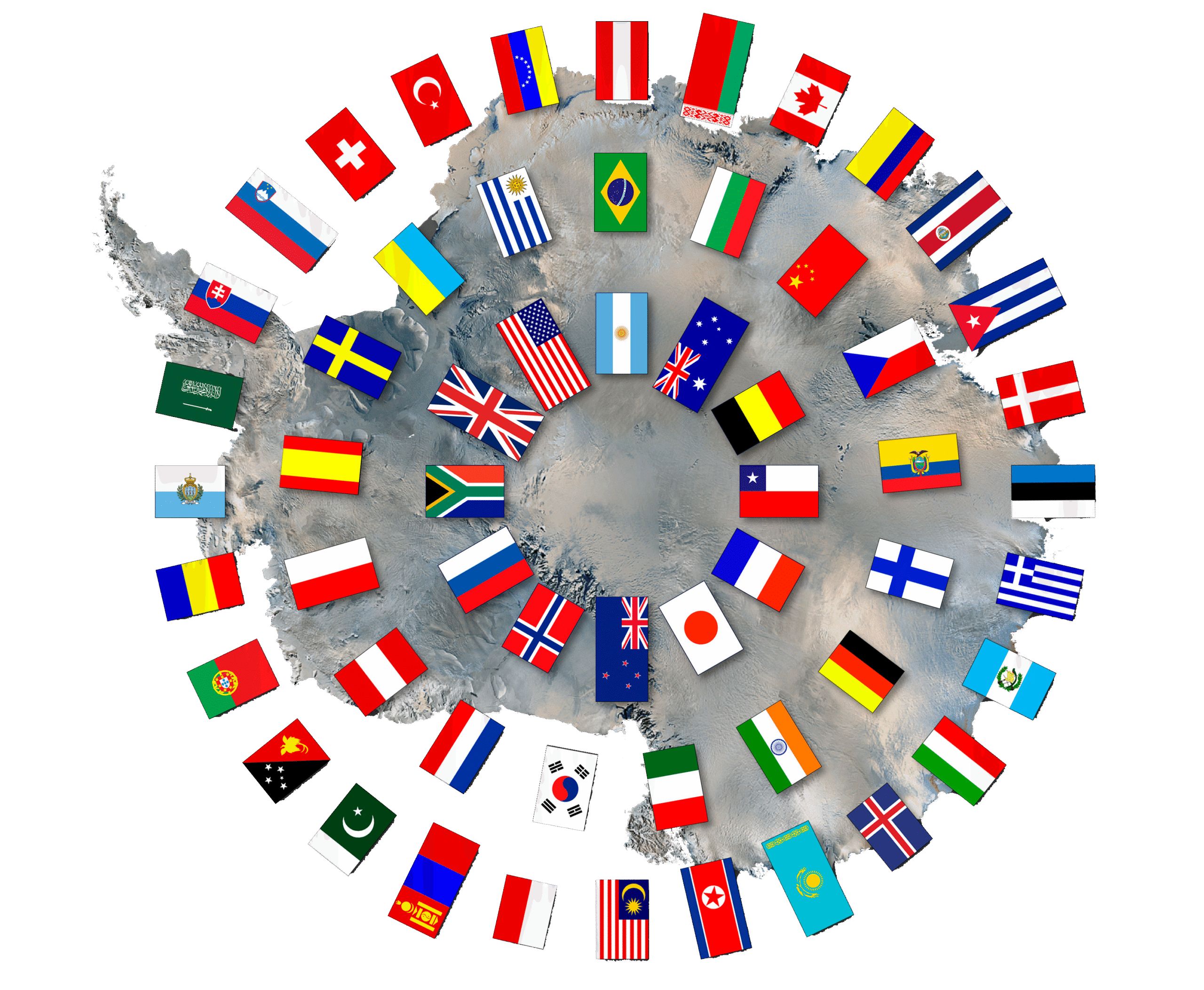
52 nations are now signatories to the Antarctic Treaty
British Antarctic Territory
The British Antarctic Territory is a wedge-shaped section of the Antarctic continent, encompassing the Antarctic Peninsula. This is the area that the UK was operating in when the 1959 Antarctic Treaty came into action.
Lots of the original countries involved in the Treaty formally noted what areas they claimed. But many of the regions claimed by different countries overlap! Part of the Treaty is the agreement that no one will use their militaries to fight about these disagreements. In addition, many other countries also run research stations across these regions.
There is no permanent population in the Territory, but our research stations and polar research ship, RRS Sir David Attenborough, provide a UK presence.
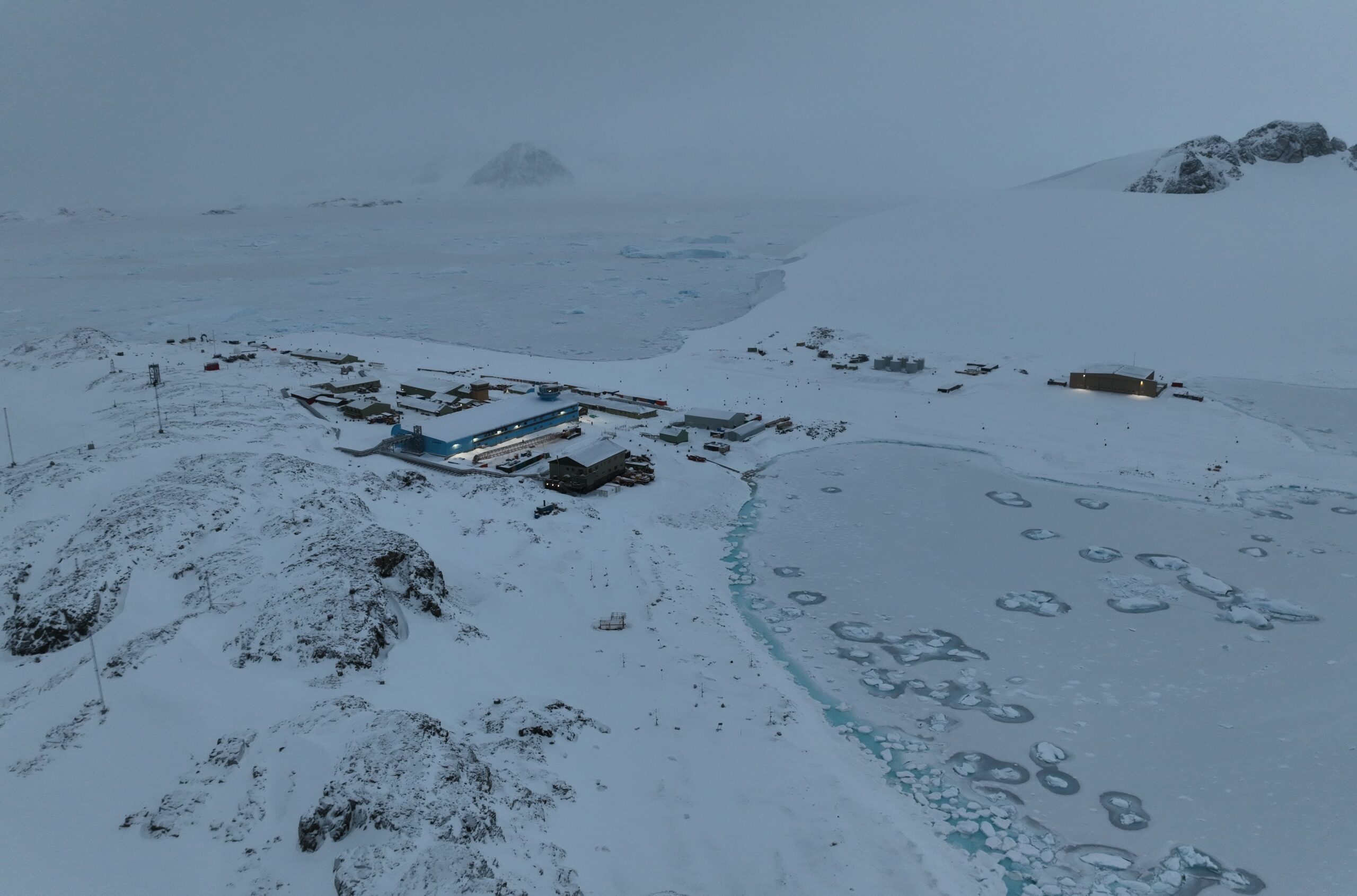
Rothera Research Station sits within British Antarctic Territory
Jane Rumble OBE FRGS is the Commissioner of the British Antarctic Territory, and Head of the Polar Regions Department at the Foreign, Commonwealth and Development Office.
Antarctica seems a long way from the UK, but it drives the ocean and atmosphere of our planet. As the planet warms, Antarctica is experiencing increasingly rapid change.
The more we understand about Antarctica, the better we can predict the global consequences of this change and seek to protect the unique species that call it home.
Antarctica remains the only continent never to have seen conflict, yet it is also a blank canvas on which the world’s geopolitics are painted. Scientific endeavour is the glue of the Antarctic Treaty that commits all countries to protect the continent.
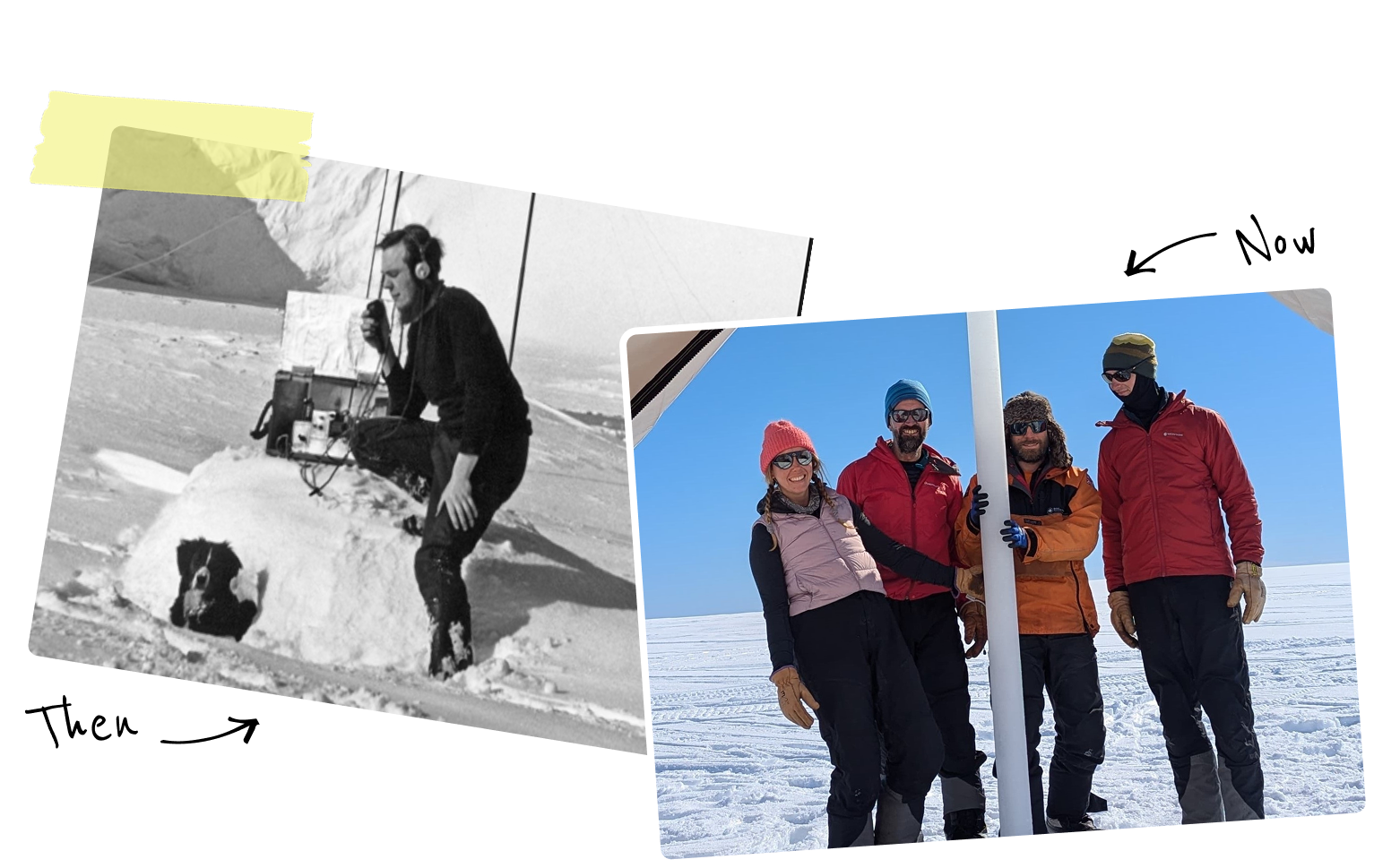
1960s scientist
Lived in basic wooden huts with little heating.
Today’s scientist
Lives in modern, warm research stations with internet and comfy beds (except when they are camping for remote science experiments!)
Wore heavy wool clothes to stay warm.
Wears high-tech clothing that’s lighter and warmer.
Used paper notebooks to record data
Uses computers, satellites, and drones for research.
Could only contact home by radio or letters.
Can video call family and friends.
Travelled by ship, which took weeks.
Often fly in by plane, much faster.
Studied weather, ice, and animals with limited equipment.
Studies climate change, ecosystems, and space weather with advanced tech.
